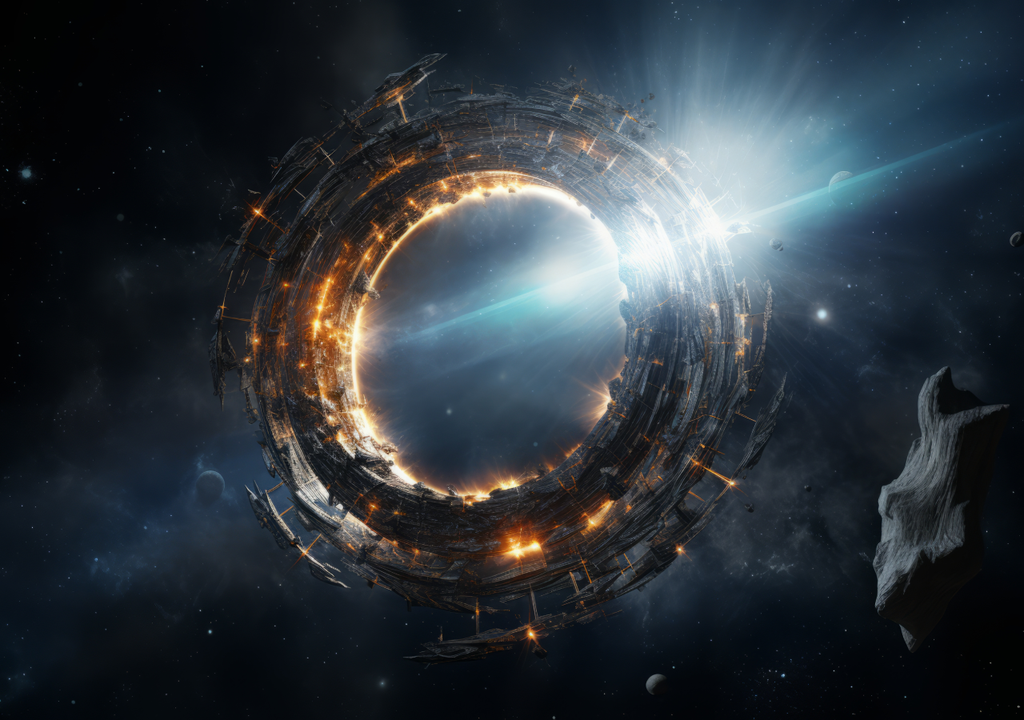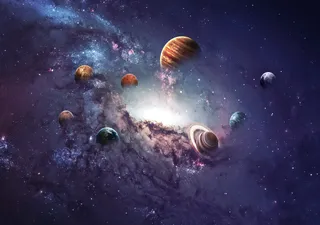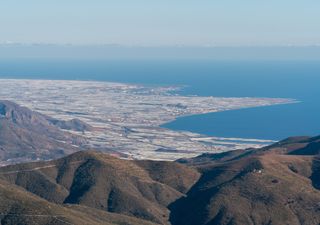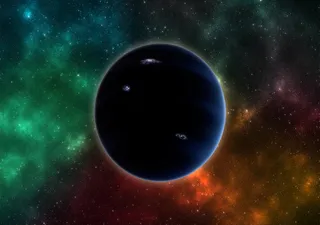Astronomers seek evidence of Dyson Spheres created by extraterrestrial civilisations
Project Hephaistos aims to search for technological signals from advanced extraterrestrial civilisations in the form of a structure called a Dyson sphere.

In the 1960s, astronomer Nikolai Kardashev proposed a scale that evaluated the technological level of a civilisation. The scale became known as the Kardashev scale and was popularised by the astronomer and scientific disseminator Carl Sagan. The measure for Kardashev classification was the amount of energy used by a civilisation.
According to Carl Sagan, based on the Kardashev scale, civilisation on Earth did not even reach the type I civilisation, the lowest of all. Each scale is based on the consumption of an amount of energy that can be divided into energy present on the planet, the Solar System and even the galaxy. Civilisations of larger scales could use structures to get all the energy of stars.
A group of astronomers in a project called Hephaistos argues that it is possible to observe technological signs of advanced civilisations. The idea would be to look for these signals in data already obtained by telescopes such as Gaia.According to the article published in MNRAS, one way would be the search for a structure known as Dyson's Sphere.
Kardashev Scale
Astronomer Nikolai Kardashev introduced a way to measure the level of technological development of a civilisation. The scale is based on the amount of energy that a civilisation is capable of using. On the original scale, Kardashev separated into three types of civilisation that were named I, II and III, with type III civilisation being the highest.
The Earth is on the 0.72 type scale according to astronomer Carl Sagan who popularised and expanded the Kardashev scale.
A civilisation of the type I scale would be able to use all the energy available on the planet of origin - wind, geothermal, seismic energy. A type II civilisation would be able to use 100% of the energy of the original star, in the case of the Earth it would be the Sun. A type III civilisation would be able to use energy from the galaxy and interstellar regions.
Dyson Sphere
For a type II civilisation to use all the available energy of a star it would be necessary to use structures that could capture the energy. One of these structures would be the Dyson spheres introduced by the physicist Freeman Dyson. They would be structures built around a star capable of capturing and using the total energy of the star.
Creating a Dyson sphere is not something simple and would be impossible for current engineering and technology. One of the best known forms of Dyson spheres is like spherical shells around the star or through swarms of probes that capture energy from the star.
Search for type II civilisation
According to the article published by MNRAS, Dyson spheres could emit a characteristic signal if they existed. The idea is that they emitted at infrared frequencies and with a different radiation from the star it orbits. This way it would be possible to find Dyson spheres when observing these signs from different stars.

As these structures are associated with civilisations, they would offer a form called technosignature. These signatures would be associated with the level of technological development of the civilisation studied. Like biosignature, technosignature would be a possible evidence of the existence of life.
Candidates
Using data from the Gaia DR3, 2MASS and WISE surveys, the group of astronomers from Sweden argues that it is possible to find Dyson sphere signals already in these data. Each survey maps the sky by analysing the position and speed of stars and objects. With the combination of each survey it would be possible to find some technological evidence.
The researchers argue that after a filter on about 5 million objects, 7 signals indicate a possible sign of a Dyson sphere. Other astronomical phenomena may explain the emission in the infrared, such as dust, but the type of stars observed do not favour the existence of dust around.
The search continues
Despite the existence of these candidates, it is still too early to confirm that there is the existence of these spheres. First it is necessary to make a more detailed observation of these objects and exclude all other possibilities. If confirmed, this would be one of the greatest discoveries of Astronomy in recent decades.
News reference:
Suazo et al 2024 Project Hephaistos – II. Dyson sphere candidates from Gaia DR3, 2MASS, and WISE Monthly Notices of the Royal Astronomical Society








